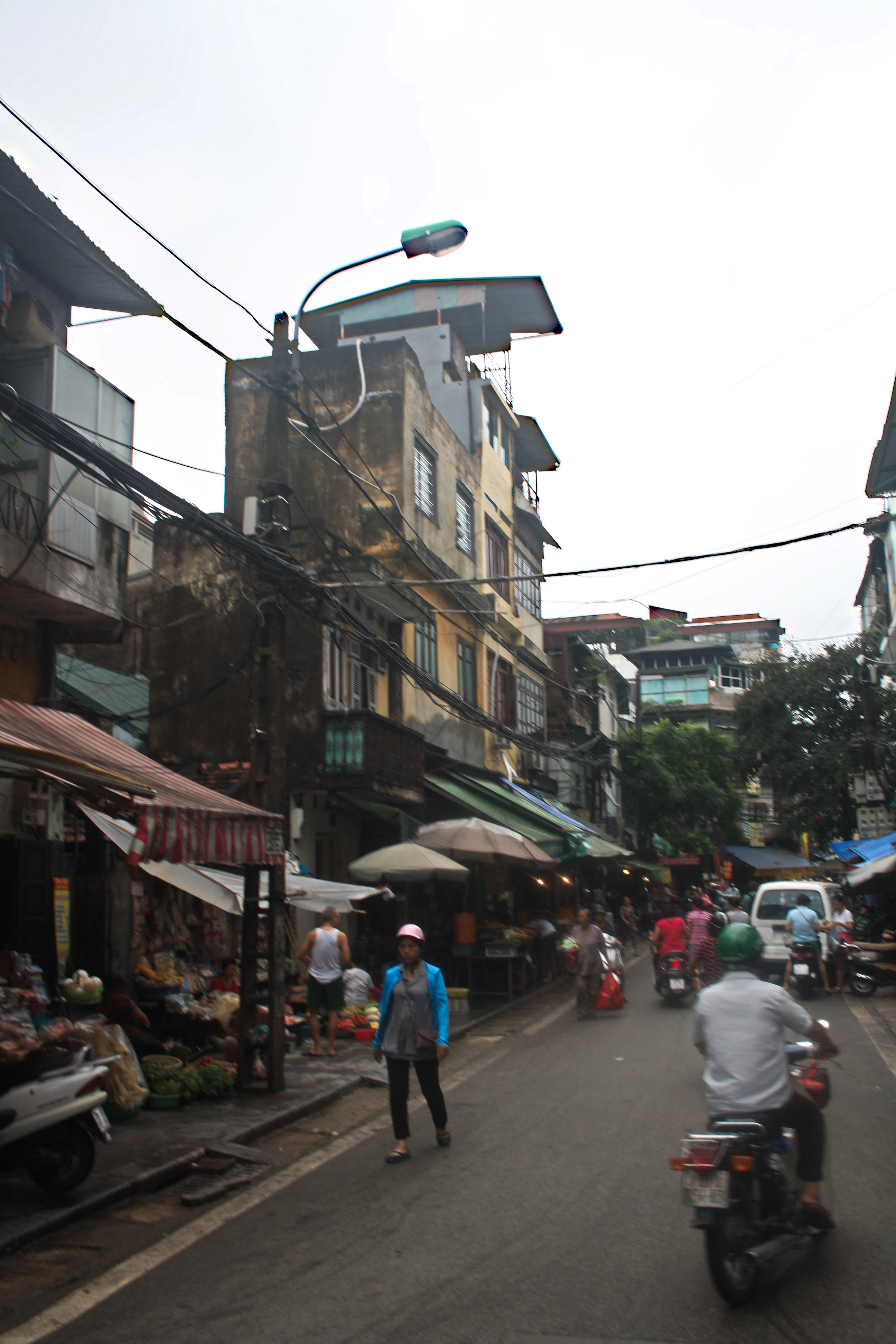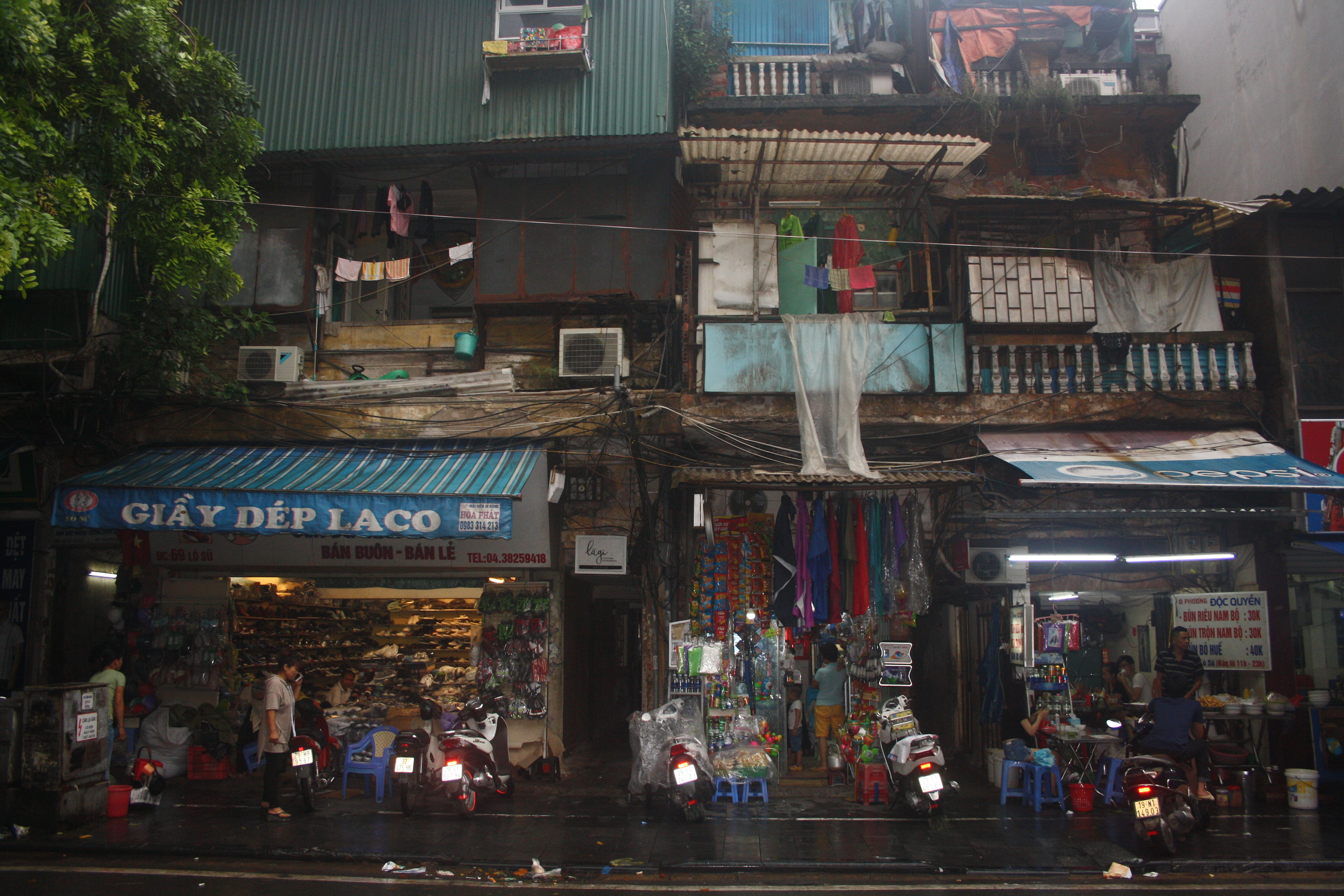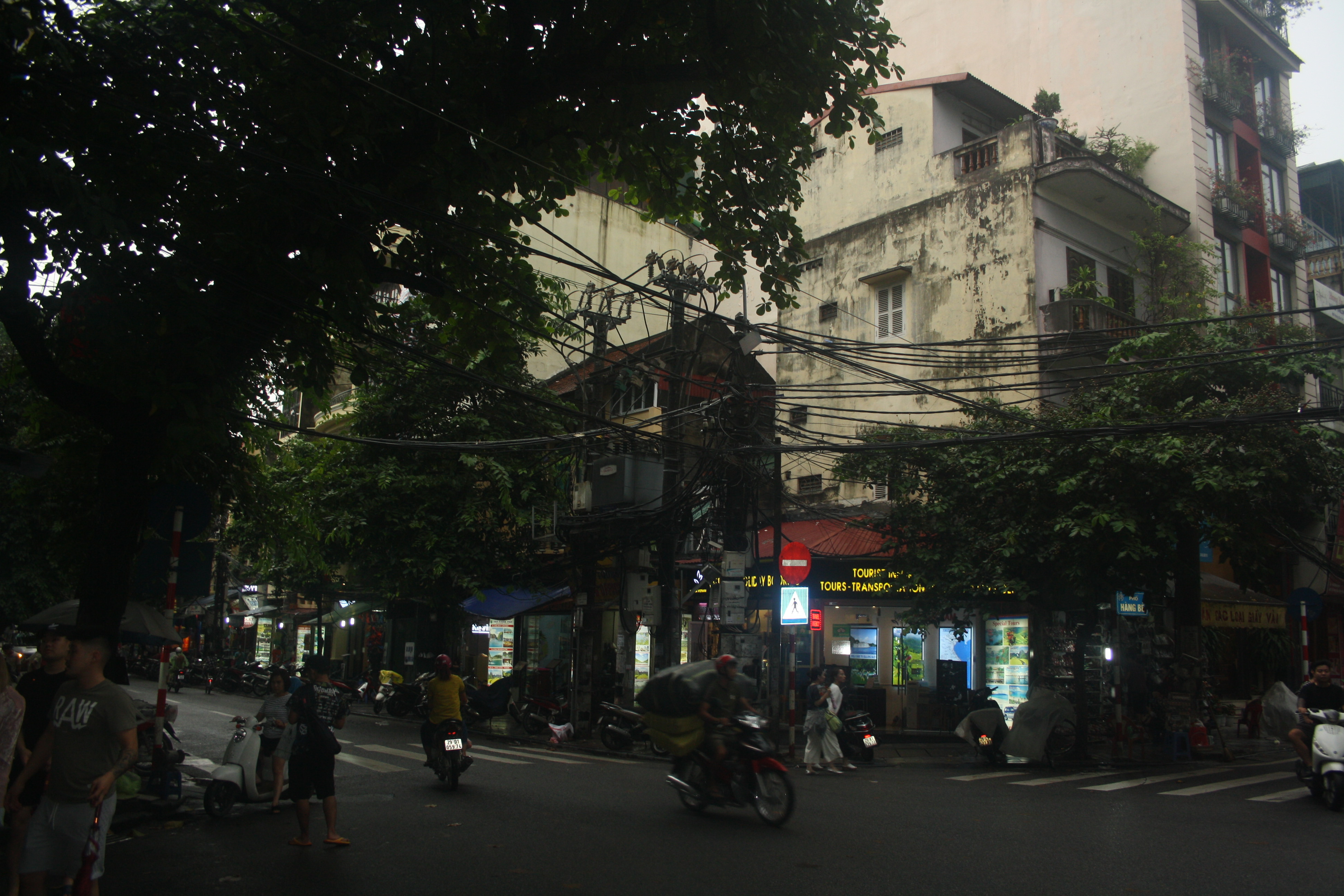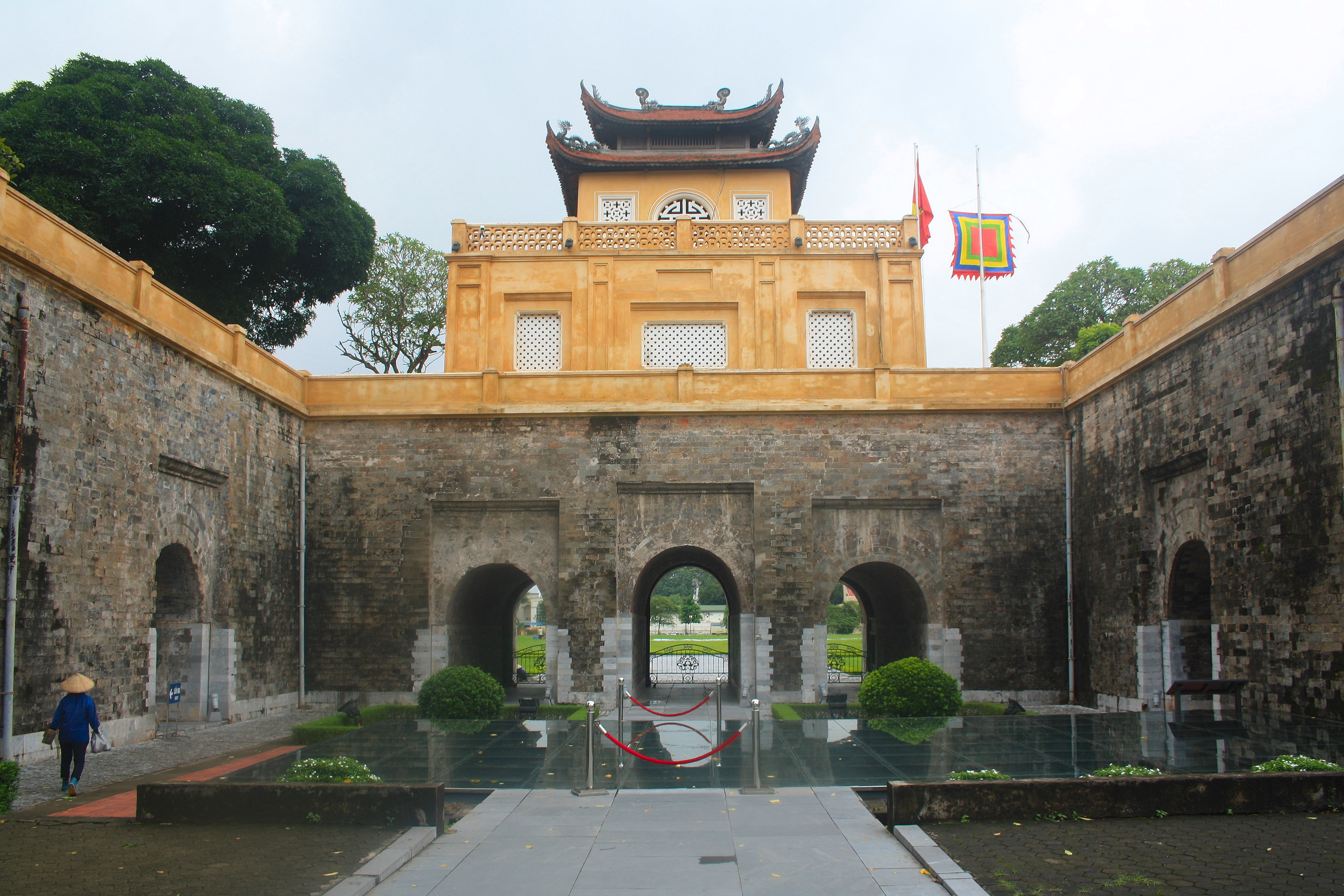












FYI - Vietnamese is a monosyllabic language, hence the place is formally Ha Noi. One of the most commonly commented upon characteristics of Ha Noi/Hanoi is the craziness of the traffic. While these photos do not show it, those comments are valid. Tsunamis of motor-scooters are a challenge for the neophyte when trying to cross a street. The recommended technique is effective however - look at the oncoming traffic, be confident you can be seen and step out, walking at a consistent steady pace. Never take your eyes off the approaching riders - they have no qualms about looking at their phone screens while moving. The stream will not stop but will flow around you, in front or behind. There also seems to be little hesitation to ride down the wrong side straight into the oncoming swarm if the desired turn-off or destination is on that side. Crazy, but no aggro. The constant beeping means "i am here" not "you fucking idiot" as it does at home.
Other common comments that proved to be true are that the street food is terrific, especially the pho (fur), Vietnamese coffee is a treat, made with condensed milk, sweetened with palm syrup and served chilled. Yummo! Get out and walk - especially in the Old Quarter, and enjoy the ambience. English is not widely spoken but if you're spending money you will be understood. And bartering is expected (except for eats) - without which you'll pay 3 times what they're prepared to accept.
100 hectares of 76 streets (often called the 36 old streets!) that have retained their historical character, many of which were named after the raw materials of the artisans who practised their craft there - bamboo street, copper street.... It's an entertainment to just wander but the street eats give some pupose. Front up to a grill-equipped food cart for a tasty bbq treat on a bamboo-shoot skewer, turn into any of the narrow open-fronted eateries, past grandma who'll be running up rice paper and noodles over a portable stove on loose bricks on the footpath, pull up a tiny plastic seat and point at what takes your fancy. Too easy. Some dishes are familiar - banh cuon, banh mi, some not so much but all tasty and fresh.
The centre of Vietnamese military power for more than a thousand years. Only the steps and foundations of the Kinh Thien Palace, constructed in 1428 are still visible - despite the site's long history the other remaining constructions are much more contemporary, dating from the late 19th and the 20th centuries. The royal palaces and edifices were largely destroyed in the late 19th century. The North Vietnamese military had its headquarters within the Citadel from 1954-75 from where they controlled their 'American' War operations. House D67 has been maintained as it was during the war - somewhat reminiscent of Churchill's War Rooms at Whitehall in London.













There is no shortage of temples in Vietnam so you can afford to be fussy. This one is worth a visit - 4 sequential courtyards each surrounded by a brickwall makes for a progressive traverse from the grand entrance gateway to the exit through pagodas and landscaped gardens. And as a place of secular studies it has a practical purpose.